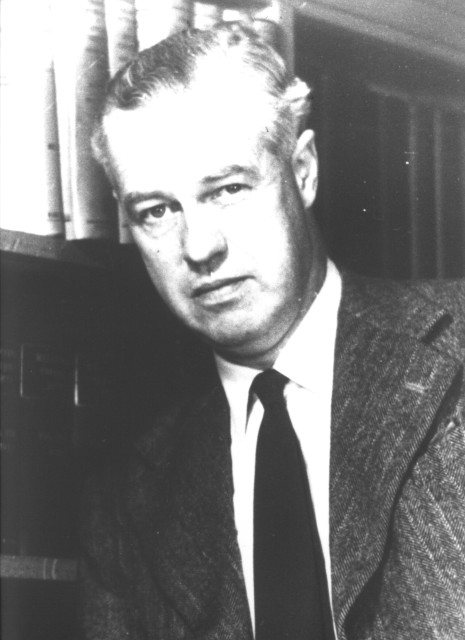Alexander Robertus Todd
1907-1997

Lord Todd (he was knighted in 1954) was awarded the 1957 Nobel Prize in Chemistry for his work on the synthesis of nucleotides and nucleotide coenzymes. At the time that Todd began this work, no biologically significant purine or pyrimidine nucleoside had been synthesized. His major contribution in this area was the total synthesis of adenosine triphosphate (ATP), a key intermediate in many biological processes. Todd's long-standing interest in natural products led to work on the anthocyanins (the pigments of flowers and fruits), natural quinones from insects (aphids, beetles), studies on cannabis and hashish, and degradative work on the structure of vitamin B12, as well as synthesis of its crystalline hexacarboxylate, used by Dorothy Crowfoot Hodgkin (see portrait) to determine its structure.
Todd was born near Glasgow, Scotland and after undergraduate study at its university obtained two Ph.D. degrees in chemistry, the first in Germany (1931) and the second at Oxford (1933) with Robert Robinson (see portrait). Most of his career was spent at the University of Cambridge. In addition to his research career, Todd played an important role in British science policy, the interaction between science and government.
Sponsor: Arnold C. Ott
Location in chemistry building: Fifth Floor; West Wing North Wall; Sequence 8
Source: Professor P. E. Fanta and the Wilkens-Anderson Company